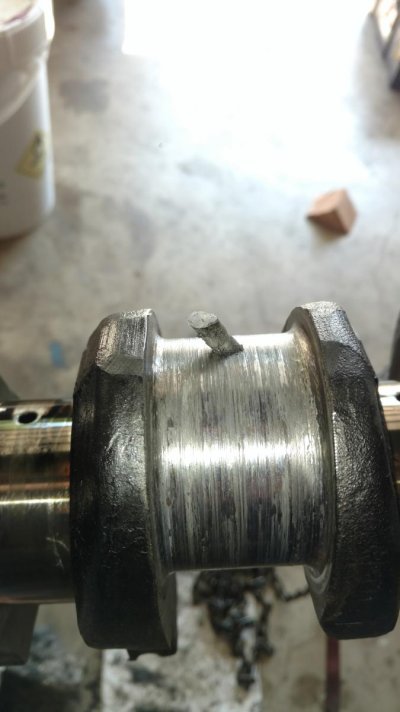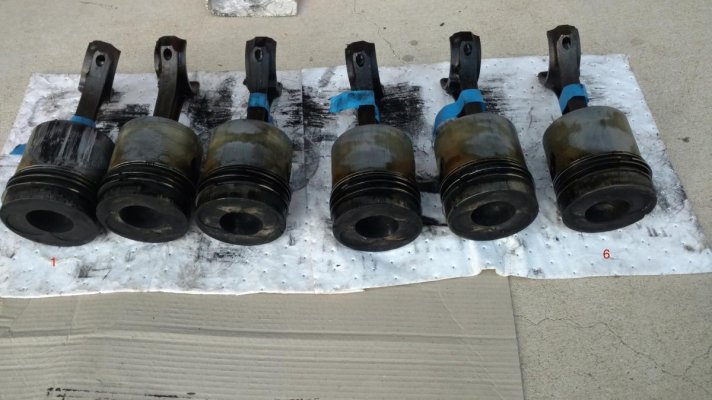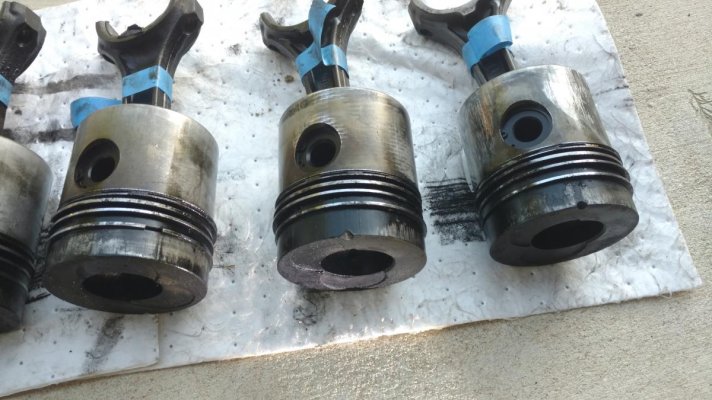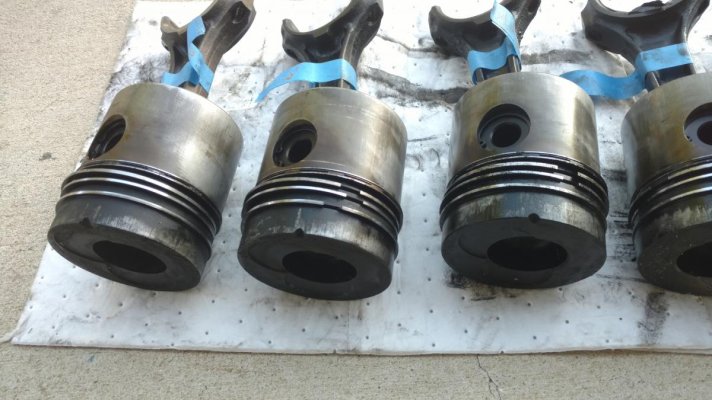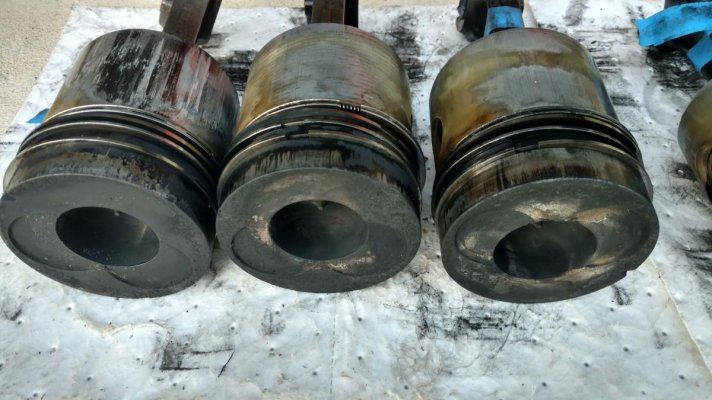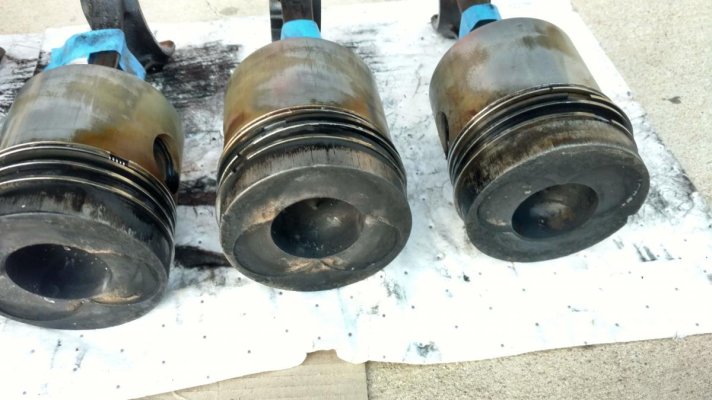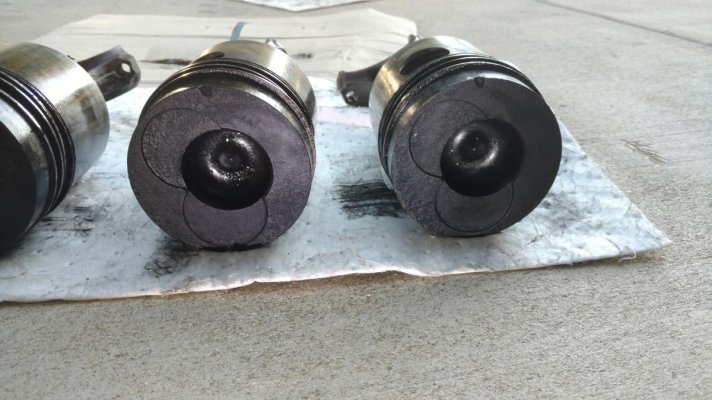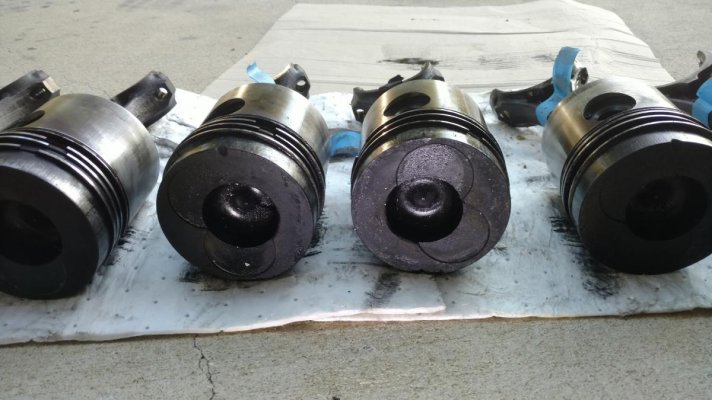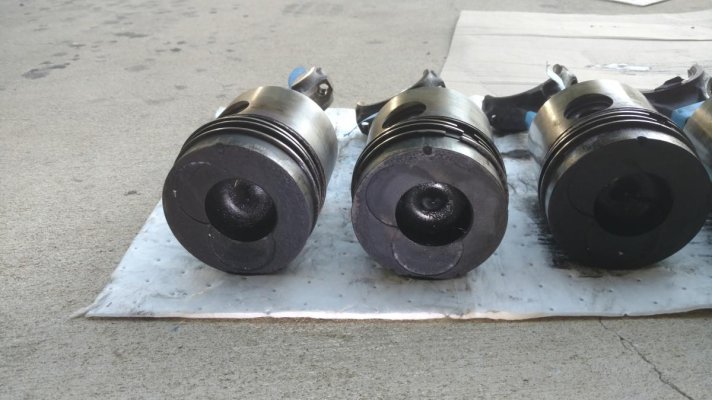Engine internal failures - More issues will be found !

-- Important considerations:
When you have engine internal failures like you have experienced there is a tremendous amount of small metal bits caused by this issue & are now spread through the entire engine & it can damage other parts of the engine.
Every oil galley, every oil passage in the cam & crank, every where oil goes now has the metal contamination. For example, Cam & lifters can be damaged as well, cylinders can be scored, etc.. list goes on.

This
metal contaminating that is now all through your engine block & head
MUST be 100% removed & cleaned.
That usually means you hot tank the block & that also means replacing all welch plugs, all seals, all gaskets, and don't forget cam bearings, etc., etc. - the list goes on.
Also when a bearing seizes like this the side loads on connecting rods & main webbing of the block, crank shaft, etc. get a huge amount of stress on them. So checks of the straightness & conditions of the rods & crank needs close scrutiny. Sometimes the bearings can even spin in the mains webbing & big end of the rods -- all causing more & different additional damage.

May need complete rod reconditioning or even replacement of connecting rods - pistons need checking too. Also don't forget, Align hone block as a minimum is usually needed on mains where the crank shaft rides.
I have seen cams & lifters & rods & pistons & bushings & bearings all damaged in some way or at some level as well from this type of issue.
Your Crank passages also will have all kinds of mental contamination in them. Oil Pump will have some damage. Crankshaft Will have to be machined as a minimum. Damage to Heat treating of crankshaft could be a big issue. And that is just a start to other possible issues.

NOTE: Heed this warning --
SKI in NC and
jleonard are both absolutely correct in what they said regarding the crank as well.
 I ask the rest of the knowledgeable engine guys here in TF - Would you agree ? -- that the metal contamination should be completely & thoroughly cleaned out ?
I ask the rest of the knowledgeable engine guys here in TF - Would you agree ? -- that the metal contamination should be completely & thoroughly cleaned out ? 
IMHO - If you don't get it all cleaned out 100% - then you will have future issues.

as
Xsbank has also said -- So you have had this failure - but still do not know the root cause of failure ? There are more issues to be found.
 It is not normal for an engine to have this type of issue.
It is caused by something as of yet not found.
It is not normal for an engine to have this type of issue.
It is caused by something as of yet not found.
Deeper & possibly more expensive issues are yet to be found that will also need repairs. If that is not found & corrected - the issue will repeat it self.

Do not get stuck in this money pit damaged engine trying to fix it again. It was tried previously & happened again. Not a good omen !

So what do you do ?
Listen to
BruceK his recommendation is on target

& the best way to go.

As always I am local to you & happy to assist in any way possible if I can.
Good Luck.
Alfa Mike



